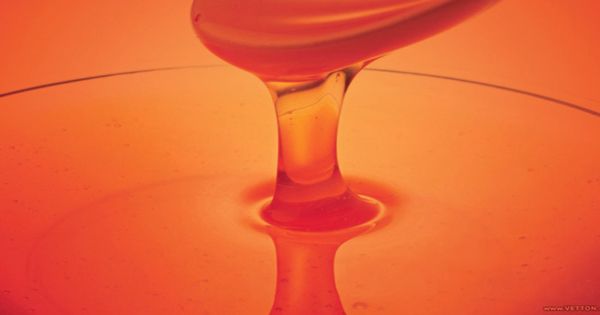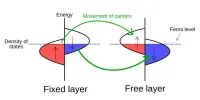Scientists have discovered thin tubes coated with superhydrophobic substances violate the general rules of flowing fluids, slowing down faster and faster. Searches can be effective in helping to run specific tests faster.
Concentrated syrupy ingredients, such as honey, are called viscous, a word whose lexical definition is literally “characterized by a high resistance to flow.” Scientists at Alto University in Finland may need to adjust it after discovering a situation where such liquids flow faster than non-viscosity like water.
Professor Robin Ras said in a statement, “A superhydrophobic surface contains tiny droplets that trap air inside the casing so that a liquid droplet on the surface sits on an air cushion.” Hydrophobic surfaces remove water and other polar fluids.
The viscous fluids will do the same thing but will move more slowly to keep pace with their normal behavior. Water will move easily over a cathedral superhydrophobic surface as there is minimal friction to resist gravitational pull.
The matter was assumed to be over until the juices and colleagues coated the inside of the thin capillary tubes with a superhydrophobic substance. To their surprise, the flexible fluids move faster, at least when the ends of the tubes are closed. A second component produced the same result.
Dr. Maja Vuckovac, first author of the paper in Science Advances, said, “When a droplet is confined to a sealed superhydrophobic capillary, the air gap around the droplet becomes larger for more viscous liquids.” Less viscous liquids narrow the space between itself and the surrounding walls.
In the sealed tube, a falling stem compresses the air at the bottom until it prevents its pressure from falling. There is so much air around the sharp droplets that they can act as pumps, their downward pressure causing the gas below to move through the gaps around the top of the stem.
Glycerol is a thousand times more viscous than water, usually moving at the speed of a snail, yet it flows 10 times faster in the tubes of Ras and Vuckovac’s. The consequences are dramatic in this unique environment.
They observed that the low-viscosity stems rotate internally, spinning in place and advancing at a slower pace. Meanwhile, the sticky drops barely spin as they read. By adding fluorescent tracer particles to their liquids and illuminating them with UV light, the authors were able to study the internal movements of the stems.
However, diagnostic tests relying on the transport of small amounts of fluids, such as blood, have become more common and more important. Inquiries for the movement of bulk of oily liquids through pipelines are not an issue initially.
Superhydrophobic coatings may be the answer in at least very small amounts of tubes, but this work shows that its effectiveness will depend on the fluid. Dition Typically, the reaction of moving liquids very slowly is that more pressure is applied, but it risks damaging equipment above a certain level.















